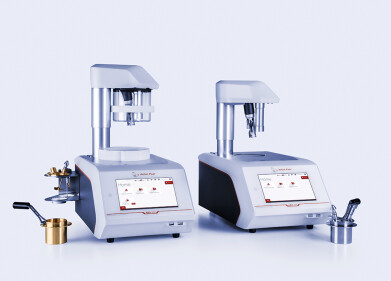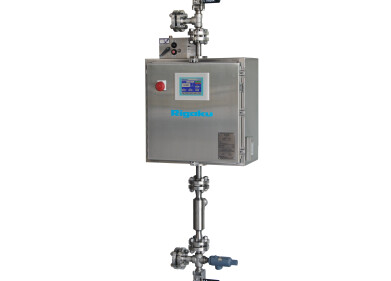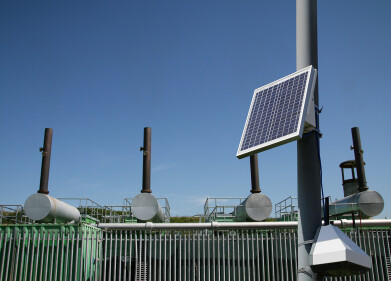Measurement and Testing
Condition Monitoring Applications - Metal
Jan 04 2022
Metal fabrication is a heavy-duty industry, with powerful equipment needed to transform raw materials such as steel, iron and copper into useable products. The stress placed on machinery is enormous, making condition monitoring a fundamental part of maximising efficiency and preventing unplanned downtime. Actively monitoring mechanical performance allows operators to identify issues before they escalate.
Read on to find out more about condition monitoring applications in the metal industry.
Raw material handling machines
From blast furnaces used to create molten iron to the heavy-duty rollers used to manufacture finished products, the metal fabrication industry is heavily reliant on raw material handling machines. Data analytics plays an important role in maintaining operational efficiency and monitoring the performance and life cycle development of machinery. To transform this data into useable information, operators must also invest in complementary analysis and interpretation tools and software.
Conveyor belts
Conveyor belts are the workhorses of metal fabrication factories, used to transport heavy materials from A to B. Good condition monitoring strategies should focus not only on heavy-duty raw material handling machinery but also smaller components such as conveyer belts.
The latest figures suggest the average metal company loses around 23 hours of production time every moth due to mechanical failure, often caused by conveyor belt breakdowns. The cost of this downtime can exceed US$187,500 per hour. This translates to a total loss of US$225 billion every year for FG500 companies.
Maritime ports
In 2020, global crude steel production topped a huge 1877 million tonnes. China is one of the biggest steel producers in the world, accounting for more than 55% of global production in 2020. China exports steel to countries around the world, with cargo ships used to transport products to Vietnam, India, South America and beyond.
When ships arrive in port, heavy-duty machinery is used to unload cargo. Unscheduled downtime at shipping ports can cause major delays and compromise not only revenue and throughput, but also relationships with shipping lines. This makes condition monitoring a top priority for shipping ports. Advanced instruments, sensors, IT systems and data visualisation solutions are used to monitor the performance of cranes, conveyer belts and other machinery used at maritime ports.
Uptime isn’t the only priority at maritime ports, with sustainability also a main concern. Find out more about what’s being done to improve air quality at the Port of Antwerp in ‘Environmental Monitoring at One of the World’s Major Ports’.
Digital Edition
PIN 25.5 Oct/Nov 2024
November 2024
Analytical Instrumentation - Picturing Viscosity – How Can a Viscometer or a Rheometer Benefit You? - Sustainable Grease Formulations: Evaluating Key Performance Parameters and Testing Method...
View all digital editions
Events
Nov 26 2024 Paris, France
Nov 26 2024 Amsterdam, Netherlands
Nov 27 2024 Istanbul, Turkey
Biogas Convention & Trade Fair 2024
Nov 27 2024 Hanover, Germany
Dec 03 2024 Dusseldorf, Germany



















